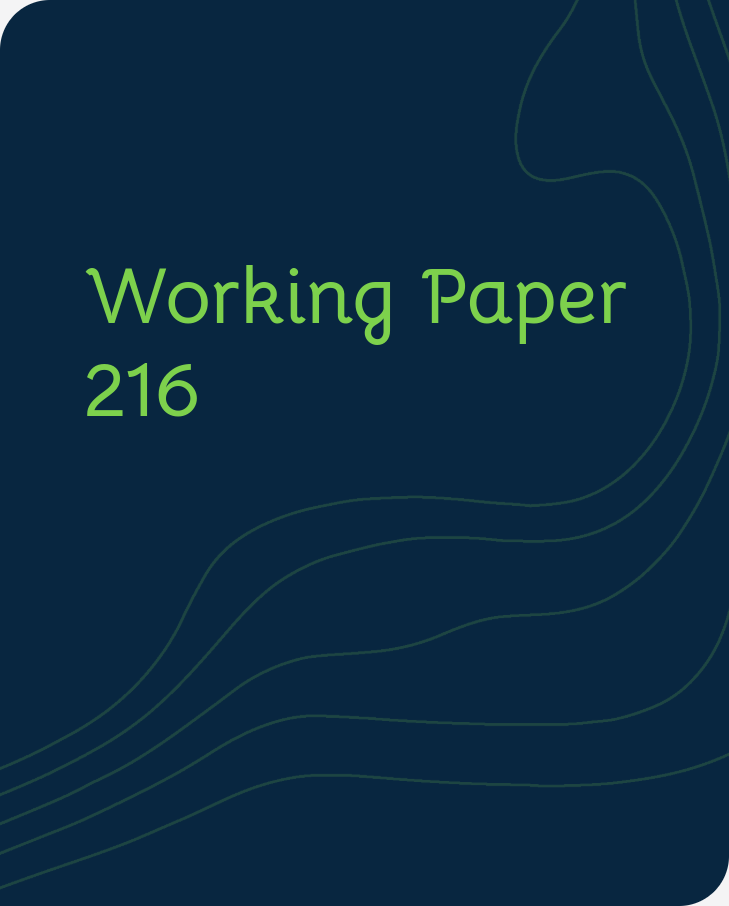Publication
Transition Report
Reform progress and transition indicators
Who we are
Overview: about the EBRDWho we are
Overview: about the EBRD
Learn about the EBRD's journey to investing more than €210 billion in over 7,400 projects.
What we do
Overview: how the EBRD operatesWhat we do
Overview: how the EBRD operates
Through projects, business services and involvement in high-level policy reform, we're doing more than ever before.
Work with us
Overview: how you can work with the EBRDWork with us
Overview: how you can work with the EBRD
We draw on three decades of regional knowledge and financial expertise to tailor our products and approaches to each client's needs.
June, 2018

During the technological and military competition of the Cold War, the Soviet government created “science cities” – urban centres that hosted a high concentration of research and development facilities. But what has been the long-term effect of these cities? This paper finds that in today’s Russia, science cities still – among other things – host a more educated population, are more economically developed and employ a larger number of workers in R&D and ICT than other localities that were comparable to science cities at the time of their inception. We also evaluate whether the effects of science cities spill over onto other firms located nearby, and to what economic and geographical extent.
For media enquiries related to this working paper, please contact Ksenia Yakustidi, Media Adviser at the EBRD’s Office of the Chief Economist
YakustiK@ebrd.com
All Working Papers
The Working Paper series seeks to stimulate debate on transition in the EBRD regions.
